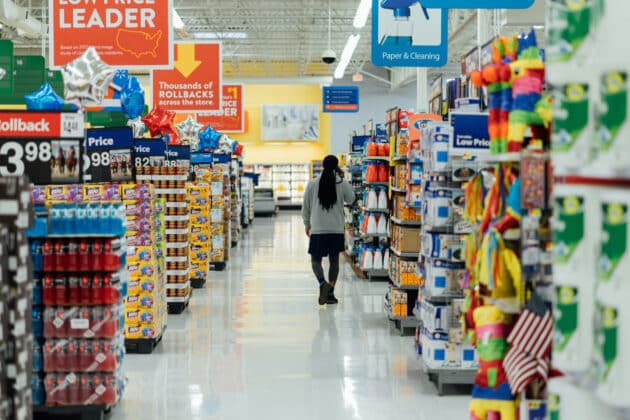Warby Parker. Bonobos. Hubble. Away.
These are just some of the brands that have captivated the attention of big brands lately. With a relentless emphasis on customer experience and a distinct brand identity, smaller and mid-size CPGs have proven to be extremely competitive lately.
And, in his presentation at the IAB Annual Leadership Meeting, IAB CEO Randall Rothenberg, explained why: “For nearly 140 years, dominant consumer-facing companies created value through barrier-to- entry.”
Now, he explained, there’s no barrier to entry. Not for competitors and not for customers. In “How to Build a 21st Century Brand”, Rothenberg took us through the history of the indirect brand economy and now pointed at the new era: the direct-to-consumer economy.
Retail, Reinvented
“As recently as 1992, physical retail stores claimed more than 96% of a 2 trillion dollar economy,” Rothenberg said. Much of this was due to supply chain dominance.
But, with the advent of the Internet and the digital age, consumption changed. That meant that the way consumption happens has changed as well.
“The cloud is to the twenty-first century what the mechanical loom is to the eighteenth-century,” Rothenberg explained. By changing the geographic scope and human scale of any business, the cloud enabled lots of new players to start companies at a time when customers have started to demand individual experiences.
Rothenberg presented research showing that two out of three consumers expect direct brand connectivity today. A two-way relationship is the most valuable thing for businesses to have, especially as the fragmentation of consumer opportunity grows.
“In this new economy, twenty-first century brands tap into a low barrier-to-entry model,” Rothenberg said. This is what helps create that two-way relationship.
The Brand Experience Mandate
By building their own supply chain as they need it, direct-to-consumer companies are able to sell a brand experience… and the product is just part of that experience.
Data management is key to creating these experiences. Direct-to-consumer brands, Rothenberg explained, often have one CRM where everyone knows the customer’s name. With sophisticated data practices, they’re able to personalize not just a digital experience but an in-store experience.
Rothenberg highlighted Everlane, Warby Parker, Glossier, Away, Dollar Shave Club, Birch Box, Madison Reed, and Boll & Branch as powerful examples of direct-to-consumer brands. All of these companies have built two-way relationships that lead to happier customers and higher growth.
So how can you transform your business to a direct-to-consumer model?
Rothenberg shared his six key strategies:
- Brand safety is not optional
- Find your next 5,000 customers
- De-risk the buy
- Story matters
- Help brands hybridize
- Bring a 3D view of a 1D customer
Brand experience is what makes direct-to-consumer brands so powerful. By building a comprehensive journey for each customer – and a relationship that makes them feel appreciated – you can create a new kind of business model.





















